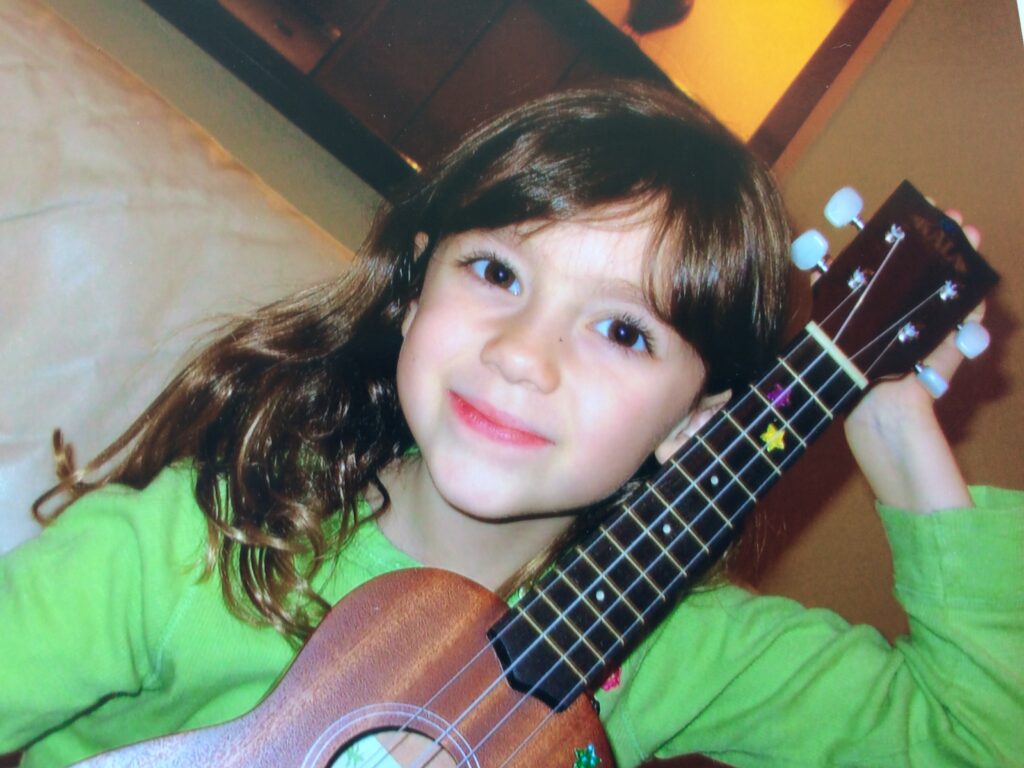This week I worked on getting better at strumming and switching chords smoothly. I used a short TikTok video that showed some easy down-up srtumming patterns, which was a lot better than watching a long tutorial video. I practiced a few times this week, usually for about 30 minutes to an hour once I got into it. The hardest part was keeping rhythm while moving between the chords C, G, Am, and F, but once I slowed it down, it started to sound better.

The main thing I noticed was how much smoother it sounds when I relax and don’t overthink it. Switching chords isn’t perfect yet, but it’s getting easier each time. I liked the TikTok video because it explained things quickly and clearly, and I could follow along right away. It’s nice when things start sounding clean instead of all over the place, it makes it more fun to keep practicing.
I’ve been realizing how important it is to stay patient with myself. It’s easy to get frustrated when I mess up, but that’s part of learning. At my Link2Practice school, I saw a teacher play guitar and sing with our grade 1/2 class, and it made me realize I could use the ukulele in my own teaching. Even though the song was in French and my class is an English class, the students were still super engaged. It showed me how music can make learning fun and build a sense of community in the classroom.
I’m starting to feel more comfortable playing the ukulele. My goal is just to keep things sounding cleaner and more consistent each week. I can already notice a difference each time I play, and I’m excited to keep going.

